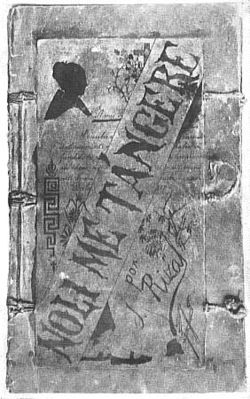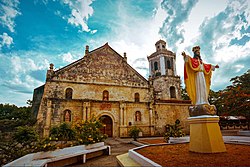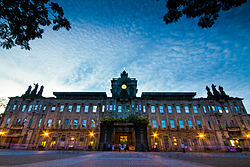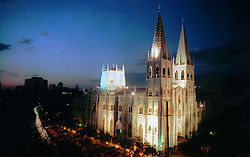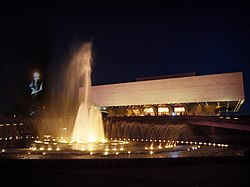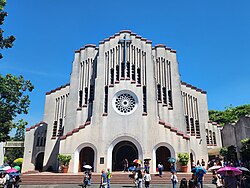Classification
RA 10066 outlines the processes in selection, declaration, preservation, promotion and delisting of cultural property as National Cultural Treasure (NCT). [1]
NCTs are classified two property categories, tangible and intangible, meanwhile tangible cultural property can be categorized into immovable and movable national cultural treasures:
- Tangible cultural property – cultural property with historical, archival, anthropological, archaeological, artistic and architectural value, and with exceptional or traditional production, whether of Philippine origin or not, including antiques and natural history specimens with significant value [2]
- Movable National Cultural treasures – movable objects with historical, anthropological, archaeological value and/ or associated with national history
- Immovable National Cultural treasures – structures that shall not be relocated, rebuilt, defaced or otherwise changed in a manner, which would destroy the property's dignity and authenticity, except to save such property from destruction due to natural causes [1]
- Intangible cultural property – peoples' learned processes along with the knowledge, skills and creativity that inform and are developed by them, the products they create and the resources, spaces and other aspects of social and natural context necessary for their sustainability [1]
Furthermore, article II, section 3 of the law also includes the category Natural property of cultural significance refers to areas possessing outstanding ecosystem with flora and fauna of national scientific importance. This categorization is used in National Integrated Protected Areas System as well as other government databases, such as the Philippine Registry of cultural property. [3]
This page is based on this
Wikipedia article Text is available under the
CC BY-SA 4.0 license; additional terms may apply.
Images, videos and audio are available under their respective licenses.











































